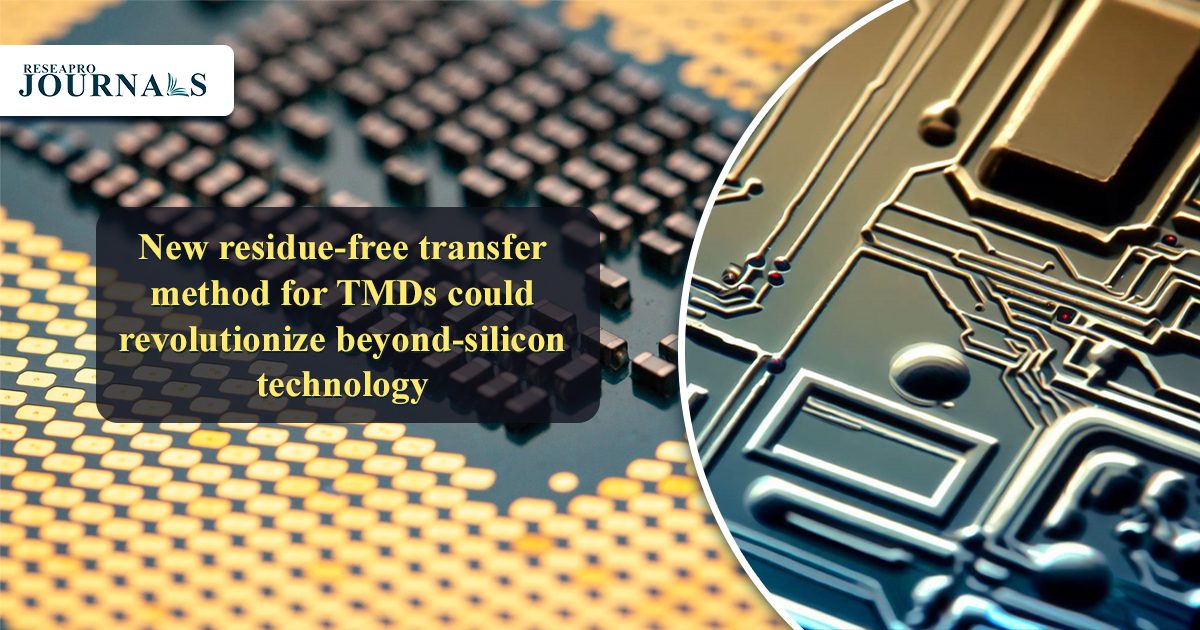Researchers in South Korea have developed a new residue-free transfer method for two-dimensional (2D) transition metal dichalcogenides(TMDs), which could revolutionize beyond silicon technology. The method uses polypropylene carbonate (PPC) to transfer the TMDs, which eliminates the need for other polymers that often leave insulating residues. This allows for the production of wafer-scale TMDs with high electrical performance. The researchers believe that their method could be used to develop new high-performance electronic devices, such as transistors and sensors.




